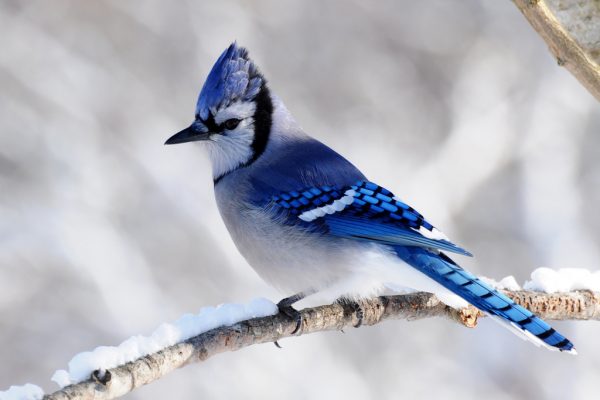>> Naturalist Notes & Musings:
 Each spring, ponds like our very own Ruckman pond go through an amazing seasonal shift.
Each spring, ponds like our very own Ruckman pond go through an amazing seasonal shift.
First, the increasing day length and higher sun angle lead to a melting of the ice and a warming of the pond’s water and bottom sediment.
The shallow nature of ponds lets some of the sun light reach the dark colored bottom and warm it from underneath. This lets the warming sediment begin the yearly rebirth of the pond's phytoplankton, zooplankton and insect life.
While some of these tiny pond dwellers are out and about during the winter, most are hidden away in the pond’s muddy bottom until conditions are right for them to return. The warmth wakes them up, and then they quickly go to work. The tiny "plant-like" phytoplankton use that sun light combined with nutrients dissolved in the pond water to do the magic of photosynthesis and make much of the food that will feed the rest of the pond’s inhabitants.
Some of the zooplankton, or "animal-like" microscopic creatures rely on decomposing last year’s bounty, but most await the bloom of phytoplankton and graze like rabbits in a field of clover. The exponential growth of the zooplankton is just one link in the food chain, as they become much-needed sustenance for the waking insect life stirred from long winter’s nap. The pond’s fish, rejuvenated by warming water, get ready for their spring reproduction attempts by feeding heavily on all of this new-found food. Most of this spring activity we miss, not just because it is under water, but because most of the pond’s life is microscopic. They might be small but they are what makes the pond’s glory possible.
See you on the trails!
Marc Gussen, Naturalist



